The Reform of Port Royal
Extraits
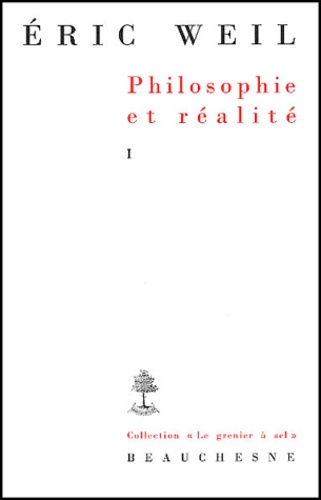
Religion
The Reform of Port Royal
01/1978
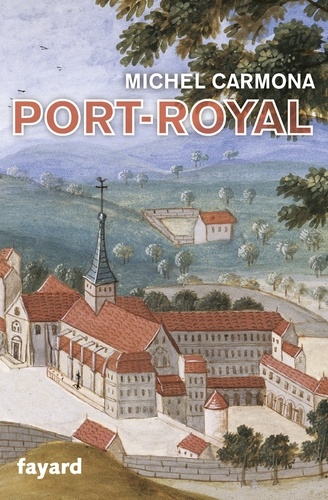
Histoire de France
Port-Royal
10/2018
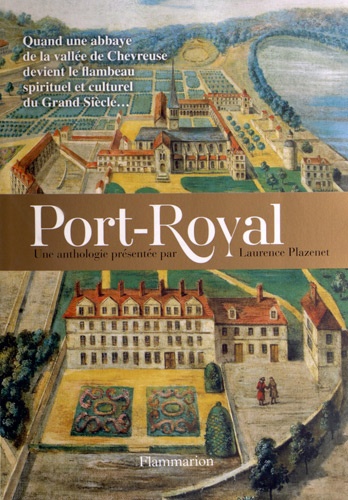
Histoire de France
Port-Royal
10/2012
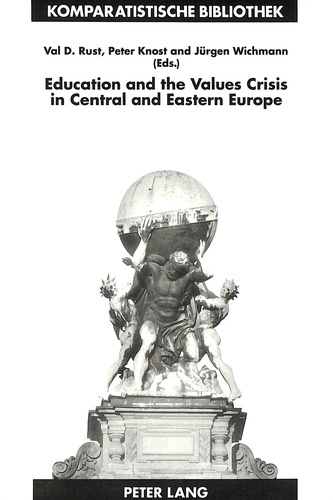
Non classé
Education and the Values Crisis in Central and Eastern Europe
05/1994

Autres collections (9 à 12 ans
Les enquêtes de Tom et Lola : Le mystère du kidnapping de la princesse. Edition bilingue français-anglais
11/2021

Sciences de la vie
History and description of the Royal Museum of natural history. Translated from the French
03/2021
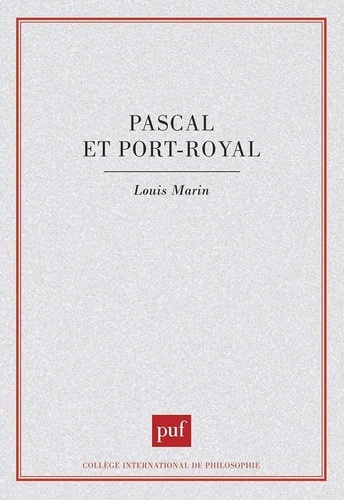
Philosophie
Pascal et Port-Royal
01/1997
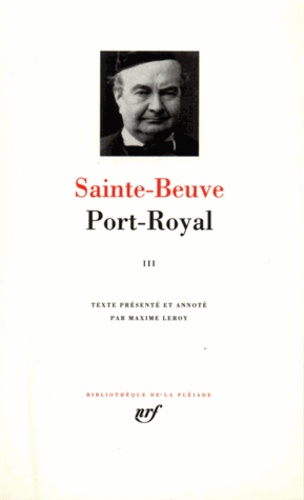
Pléiades
Port-Royal. Tome 3
01/1955
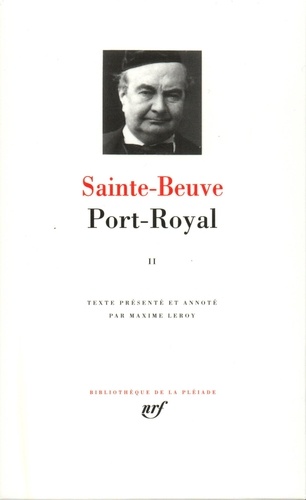
Pléiades
PORT-ROYAL. Tome 2
01/1954
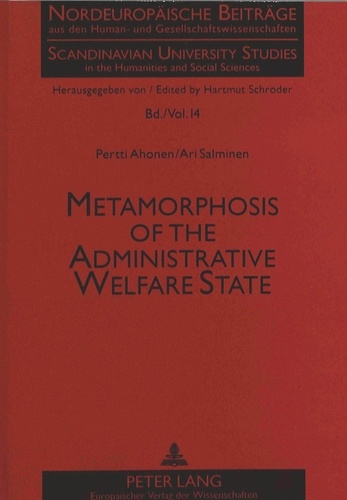
Non classé
Metamorphosis of the Administrative Welfare State
07/1997
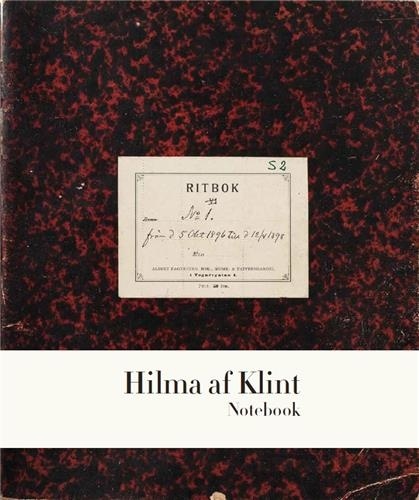
Monographies
Hilma af Klint. The Five Notebook 1
01/2022

Philosophie
«Phädon», or «On the Immortality of the Soul»
12/2006

Non classé
The Concept of Man in Igbo Myths
11/1999

Littérature française
Les inventeurs. Essai
02/2017
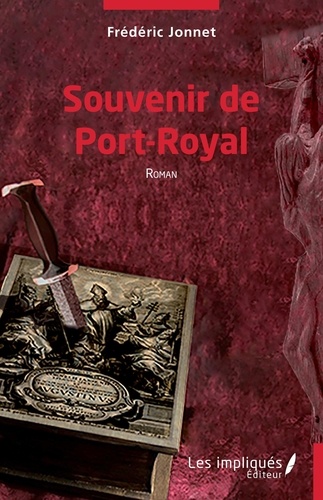
Romans policiers
Souvenir de Port-Royal. Roman
09/2023

Du XVIe au XIXe siècle
Port-Royal et la prison
12/2021

Littérature française
L'ermite de Port-Royal
05/2014

Histoire et Philosophiesophie
Thinking about Physics
01/2000
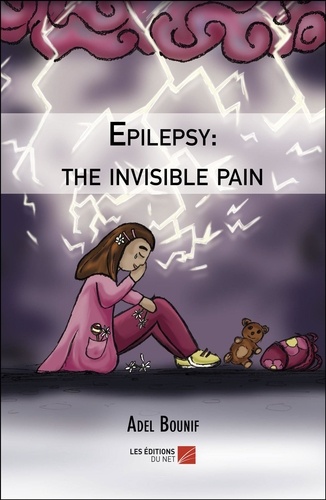
Poésie
Epilepsy: the invisible pain
01/2019
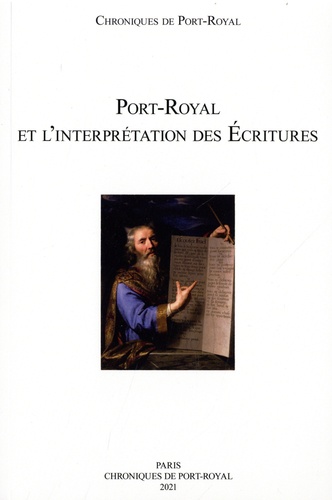
Autres
Chroniques de Port-Royal N° 71 : Port-Royal et l'inteprétation des écritures
07/2021
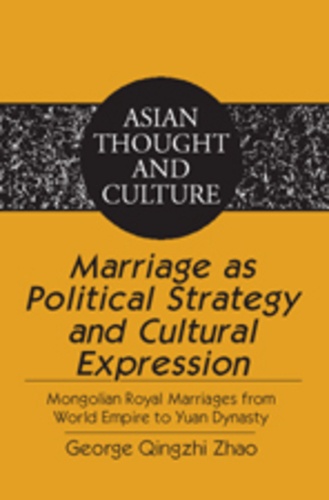
Histoire internationale
Marriage as Political Strategy and Cultural Expression
06/2008
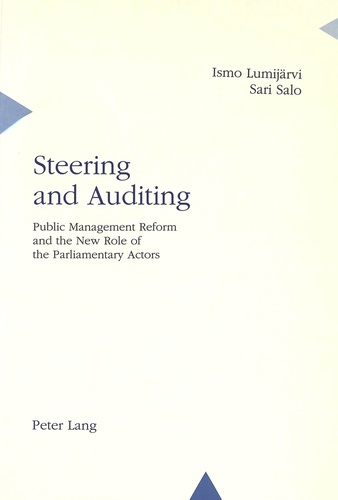
Non classé
Steering and Auditing
09/1997

Sciences politiques
The Structure of Political Communication in the United Kingdom, the United States and the Federal Republic of Germany
11/1987

Histoire de France
CRASH IN BAYEUX - The Last Flight of Sergeant Ferguson
09/2014
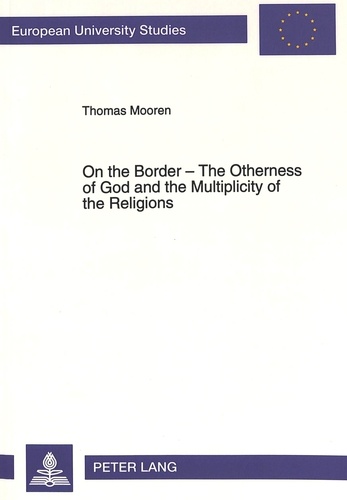
Histoire internationale
On the Border - The Otherness of God and the Multiplicity of the Religions
01/1994

Littérature française
My Ulster haven
02/2022
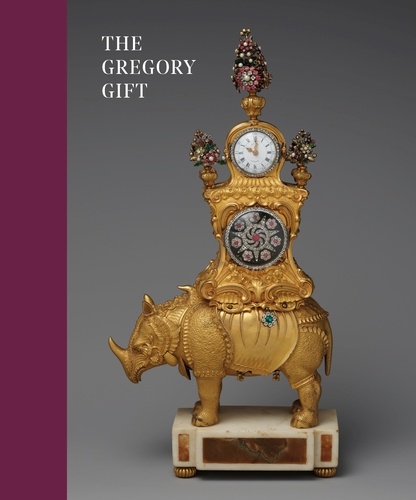
Monographies
The Gregory Gift
02/2023

Histoire et Philosophiesophie
The Undergrowth of Science. Delusion, self-deception and human frailty
01/2000

Histoire internationale
After The Last Ship
04/2014
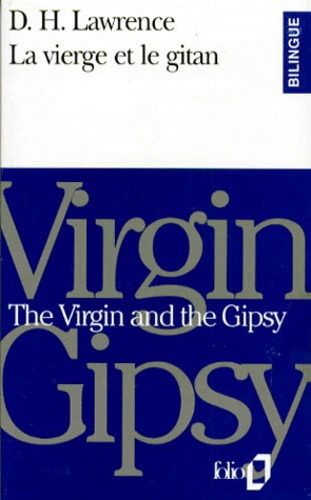
Anglais apprentissage
LA VIERGE ET LE GITAN : THE VIRGIN AND THE GIPSY
02/1993

